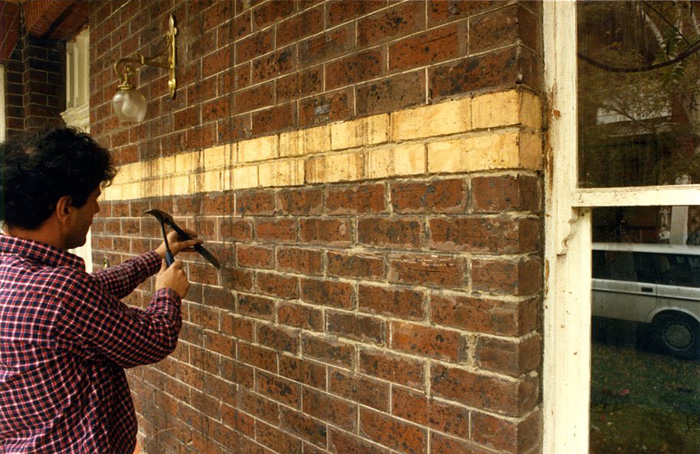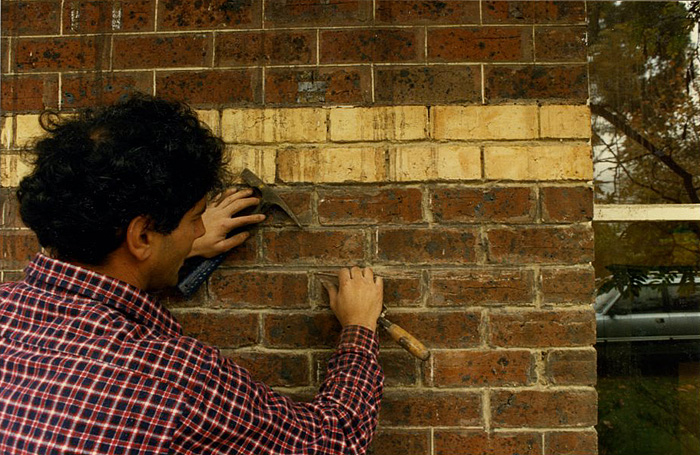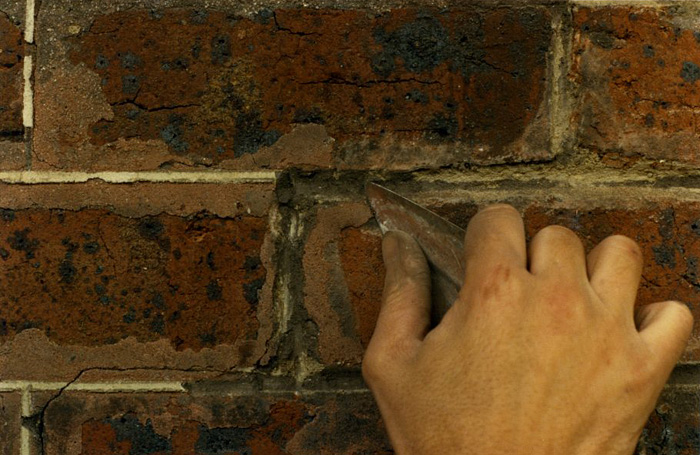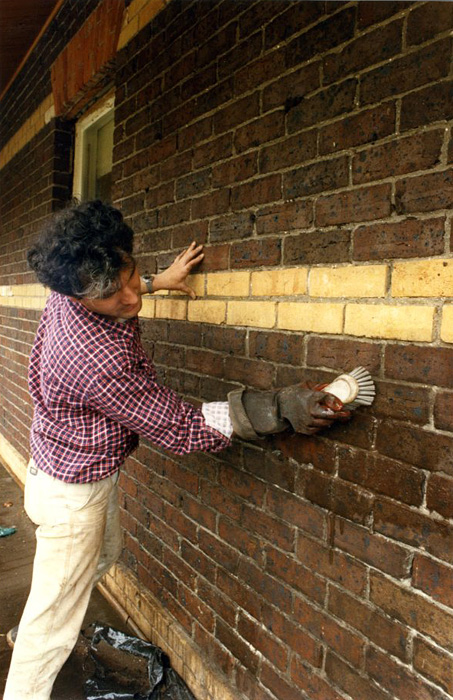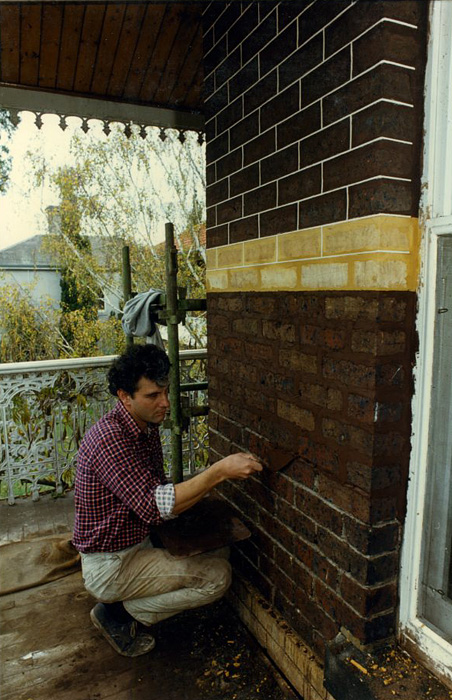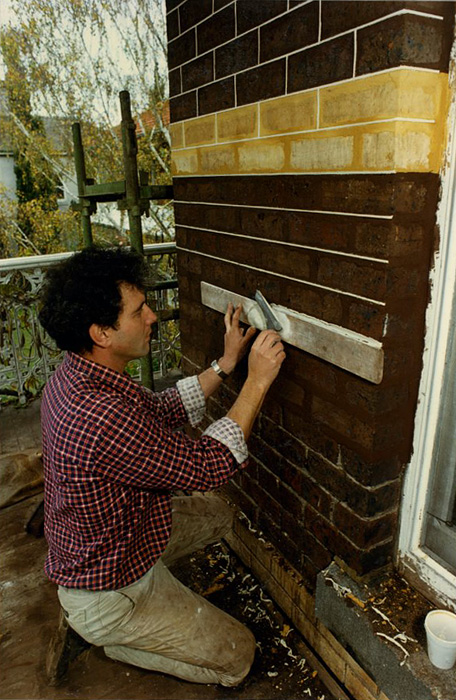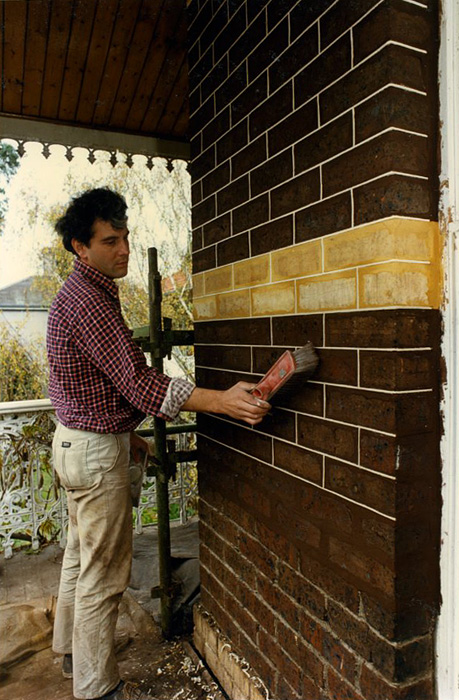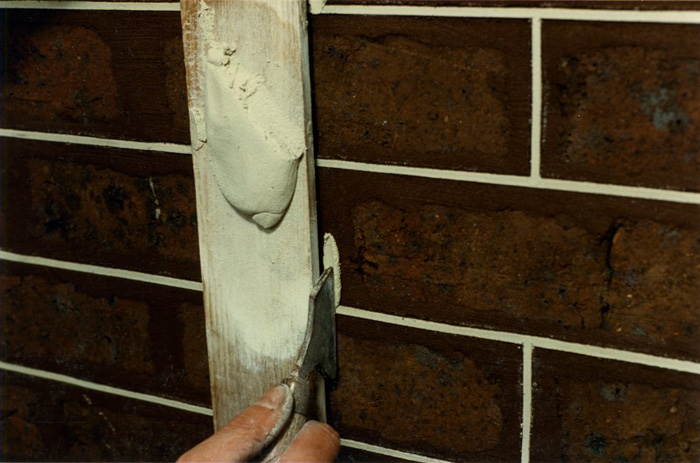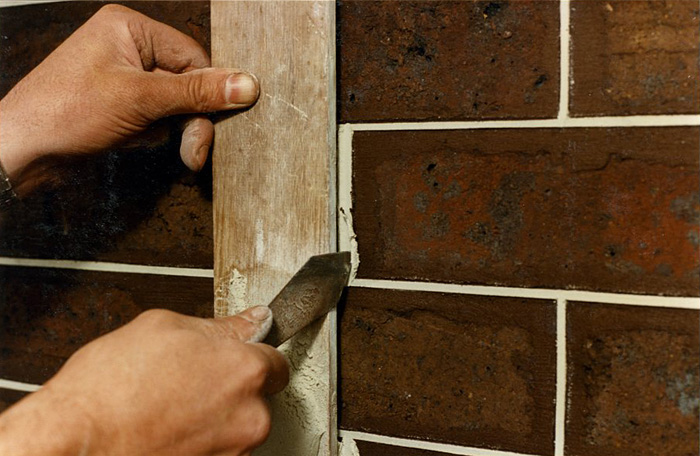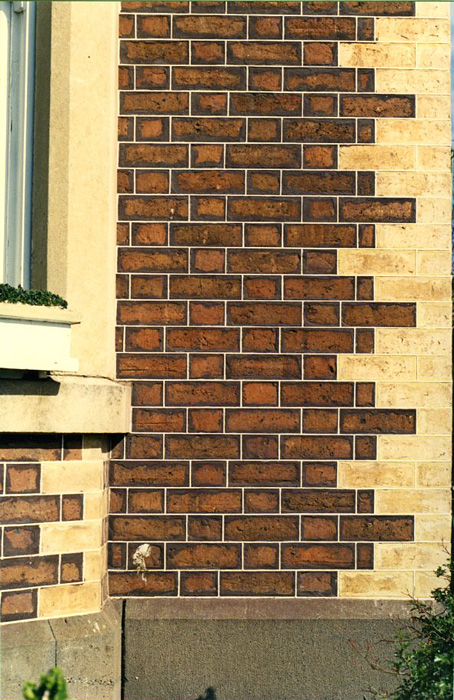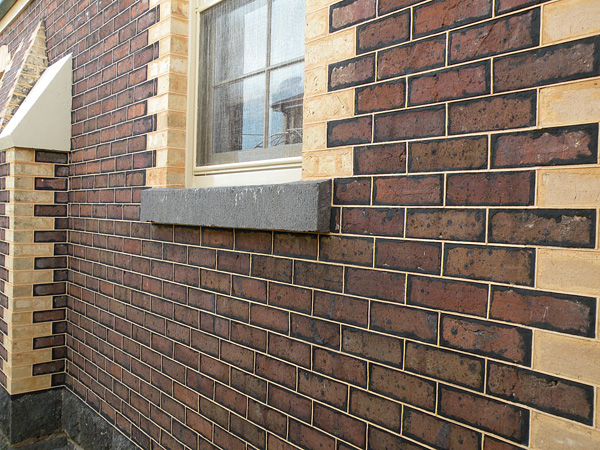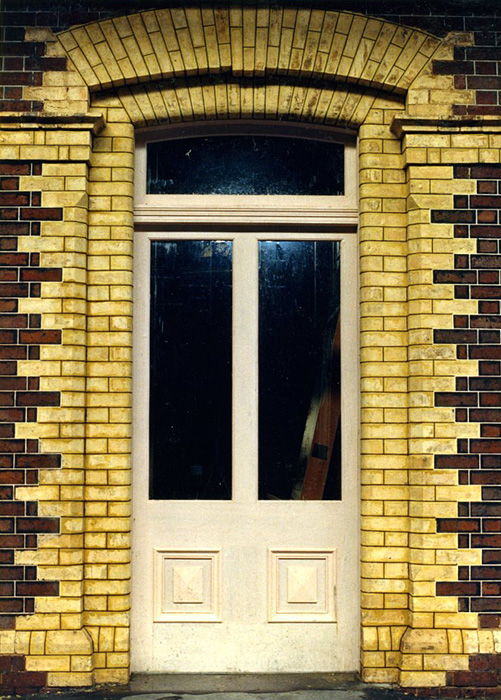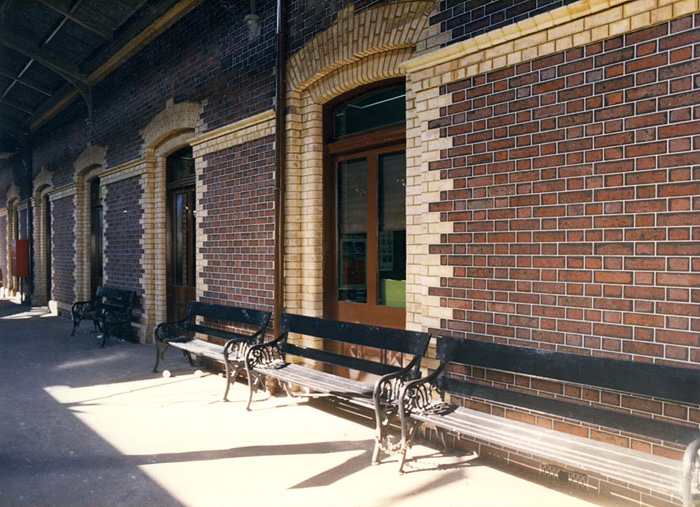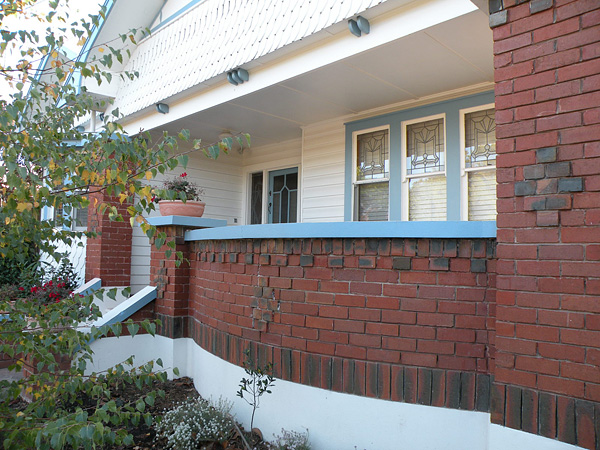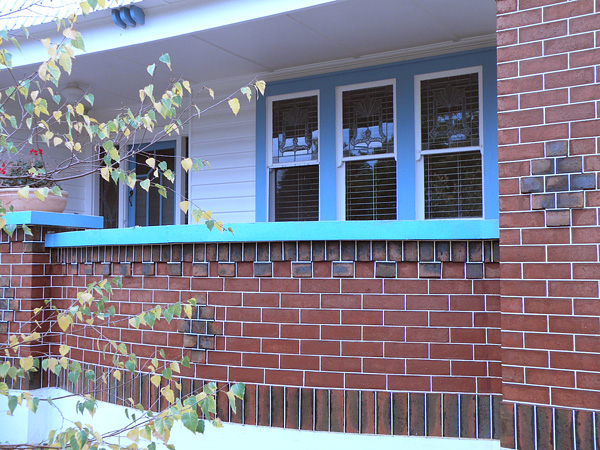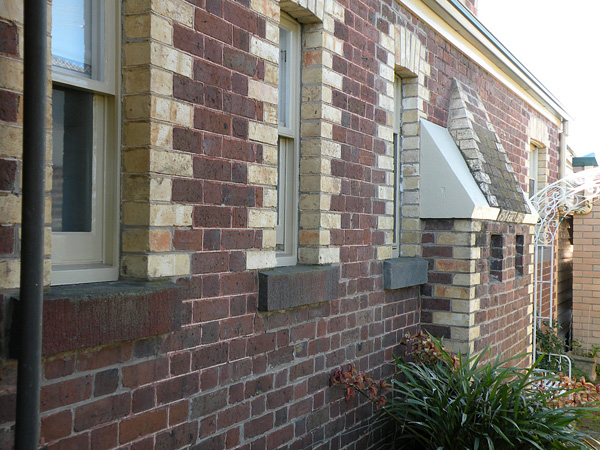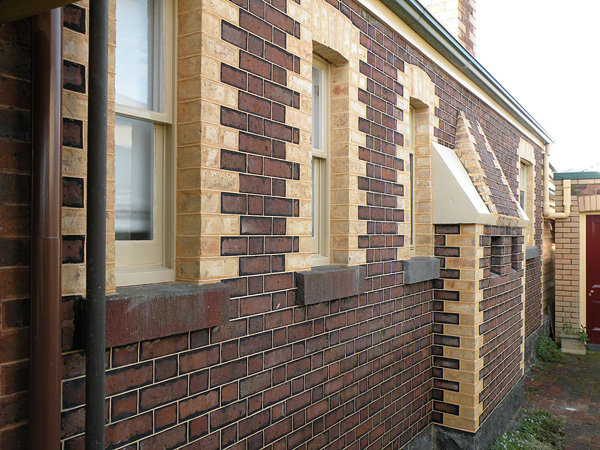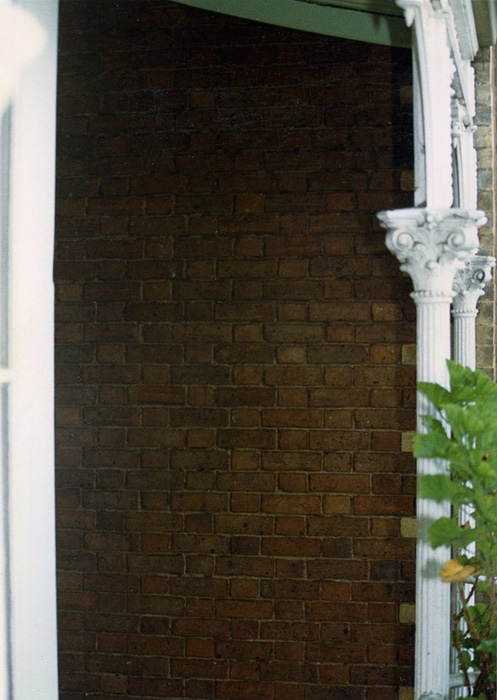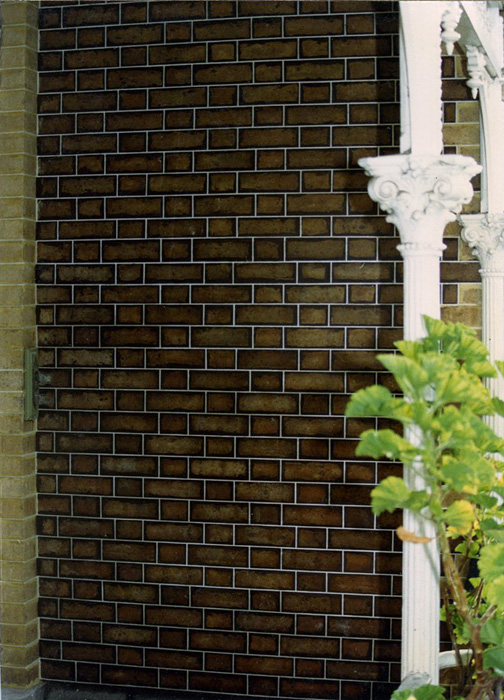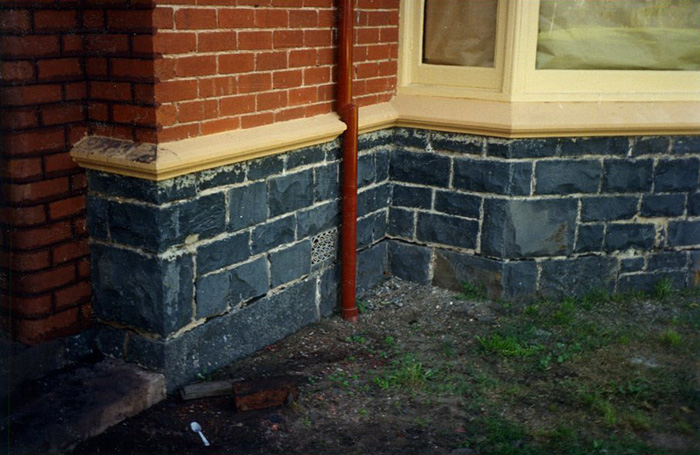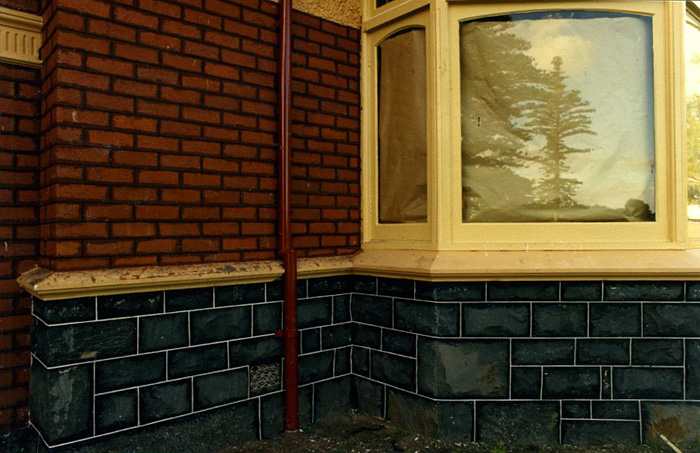 Call Nat on 0434 740 839 |
||||||||||||||||||||||||||||||
Tuckpointing - Reviving An Old ArtA Link with HistoryThe Victorian and Edwardian eras are well known for their distinctive, attractive and enduring architecture. Many fine examples still remain of these bygone days of elegance. One of the most outstanding features of homes and other buildings from those days is the tuckpointing finish on the brickwork - the placing of a very fine black or white line along the mortar joints. An Old-fashioned Art Around seventy to eighty years ago it was not uncommon to see teams of up to 30 tuckpointers working on major building projects, using their special skills to add charm and give protection to the brickwork. Over time and with radical changes to the building industry and the introduction of new materials, the art of tuckpointing has almost been lost. Protection and Good Looks Not only does tuckpointing make brickwork look good, it is a barrier against the ravages of time and weather. Many owners of period homes and buildings are now finding that their original tuckpointing is breaking down and in need of restoration. Replacing the protective mortar and the fine tuckpointed line will make your brickwork look like new and give many years of worry-free protection to your home, or premises. The Process There are a number of stages required in the preparation of the brickwork before the attractive tuckpointing finish can be applied.
A Special Craft While the skills of tuckpointers have nearly disappeared, many Victorian and Edwardian buildings still remain. Many are now in need of restoration and those special skills of the tuckpointer.
Restored work on show Nat De-Palma has put his special skills to good use and his hard work is on show on many homes and buildings. Some of his finest restoration work has included the Geelong Railway Station (Please note Main Platform area only - front facade was pointed by another party), Berkley Lodge (a major reception centre), "The Homestead" (which has been transformed into a museum at Altona) and many private homes and other period buildings. His skills have been recognised by members of both The National Trust and The Historic Buildings Council. And a major source of Nat's work has come through the recommendation of Heritage Architects. 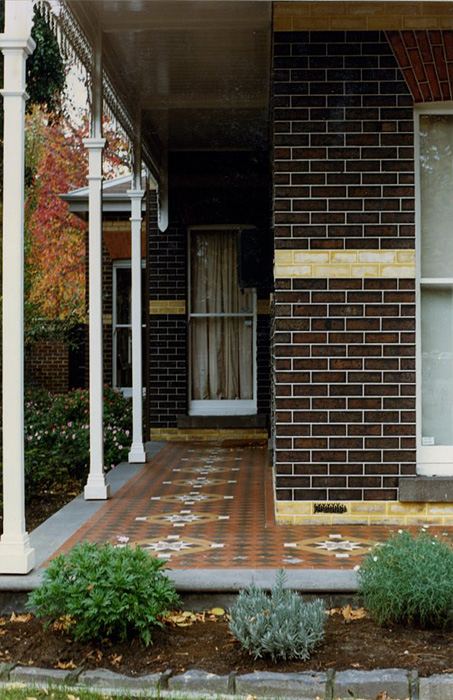
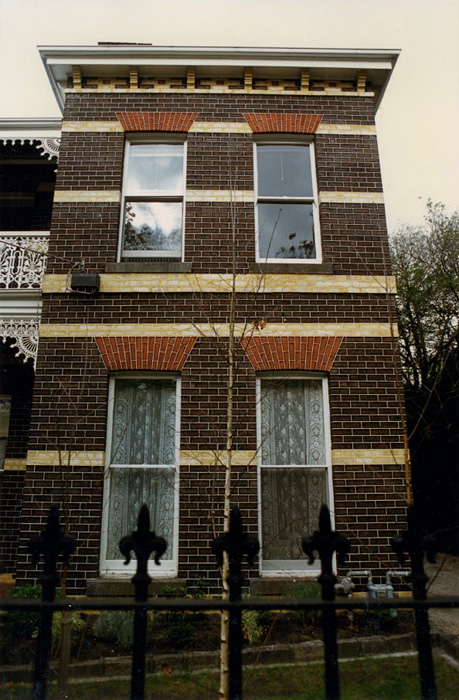
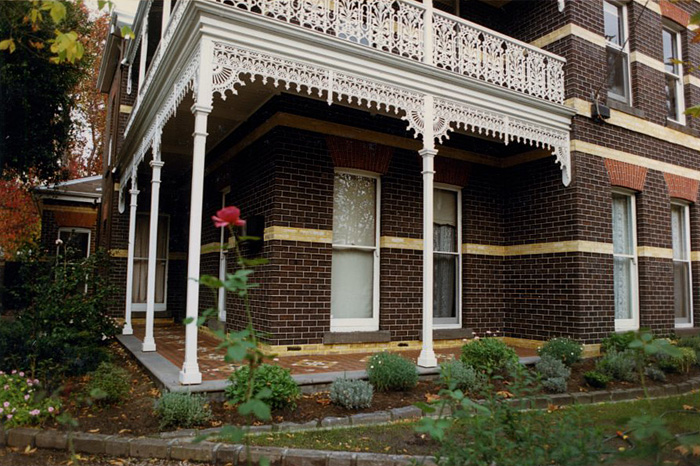 Pride in his work Nat's dedication to his work is evident. He takes great pride in the restorations he does. He is fussy, just like the tuckpointers of yesteryear. He appreciates fine work. In his own words, there is nothing like seeing old brickwork come back to life and look like new. To see it is to appreciate it.
|
